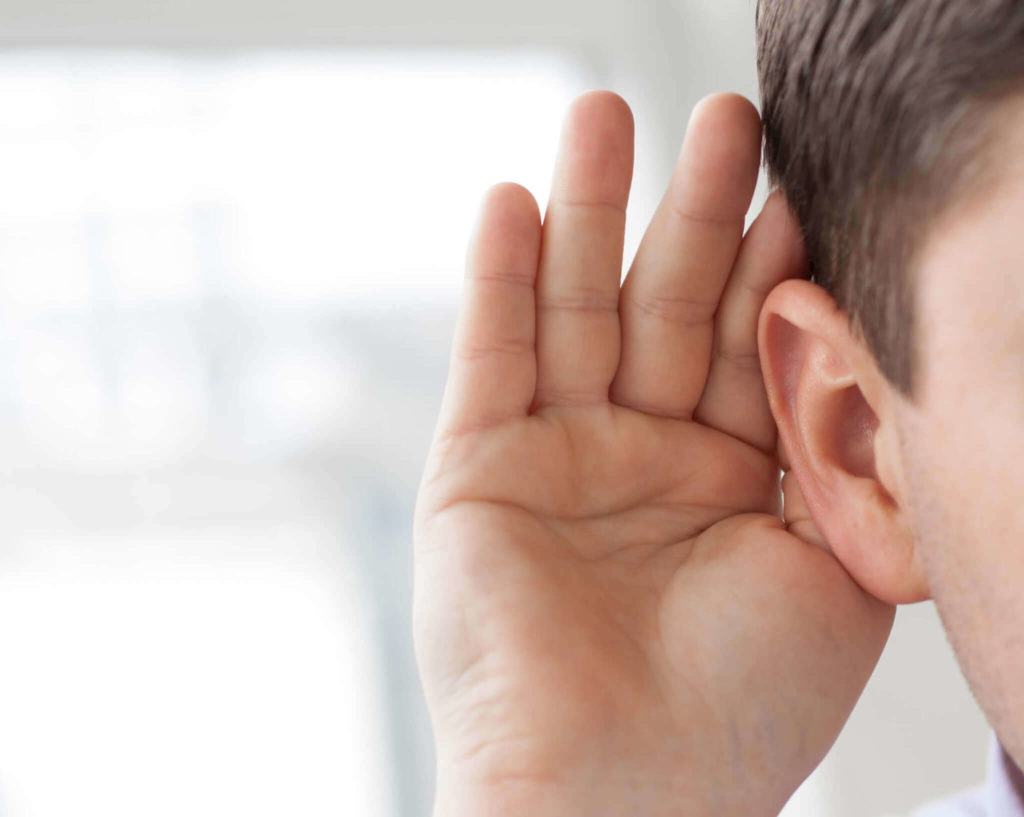Hearing loss, also known as hearing impairment, is a partial or total inability to hear. In children, hearing problems can have a significant impact on the ability to learn and develop their spoken language. The age at which hearing loss has occurred is known as the age of onset. Some children may have hearing loss since birth where are others have acquired hearing loss, after the point where they began to learn language.

Children with hearing loss are likely to present with language delays i.e. learn and develop their language at a slower pace that children without a hearing loss.
It is vital to think about helping a child build a language and communication foundation as early as possible by accessing early intervention. The development of language and other skills begins with communication. There are many communication strategies and approaches that can be used early to build language including, but not limited to the introduction and use of sign language, auditory verbal therapy or use of a combined communication approach. These approaches may be considered or advised by professionals.
In addition to a treatment approach, simple practical strategies and considerations that can be used when communicating with young children who present with hearing loss. Effective implementation of these strategies can significantly increase a child’s communication confidence and support their further language development.
Useful strategies include:
- Reducing the distance between you and your child. Be no more than 5 feet away.
- Actively engaging in speaking, singing and reading with your child to share communication daily.
- Getting your child’s attention before beginning an interaction
- Following your child’s lead. Watch and see what their interest are and follow them
- Being face to face with your child. This gives more support for communication development as your child can see your face and hear your voice more clearly
- Using eye contact
- Remembering to use lots of facial expression to help relay the meaning of your language
- Using gestures to enhance meaning of what you are saying or intending to communicate
- Joining in and playing with your child. Use clear language but don’t exaggerate words.
- Imitating what your child does or sounds they make to encourage interaction
- Allowing your child to process information by giving a little extra time before expecting a response
- Ensuring that any equipment (hearing aid etc) are being worn when the child is awake. This will allow for maximum input for language
- Reducing background noise and distractions which allows your child to hear to the best of their ability
- Ensuring that there is adequate lighting so your child can see your face
- Remember to have fun!
For further advice around developing your child’s language, contact a speech and language therapist who will assess and advise appropriately.
Article written by Elaine Baldwin, Senior Speech & Language Therapist at Sensational Kids, West Cork. Elaine has undertaken Auditory Verbal Therapy Training,Part 1 Working Through Audition, an RCSLT Approved & AG Bell Academy accredited six days of training with an LSLS Certified Auditory Verbal Therapist® to provide specialist speech & language therapy training to children with hearing loss using the techniques of auditory verbal therapy.
Contact Sensational Kids, Clonakilty, West Cork on 023 887 8208 or Email Clonakilty@sensationalkids.ie

